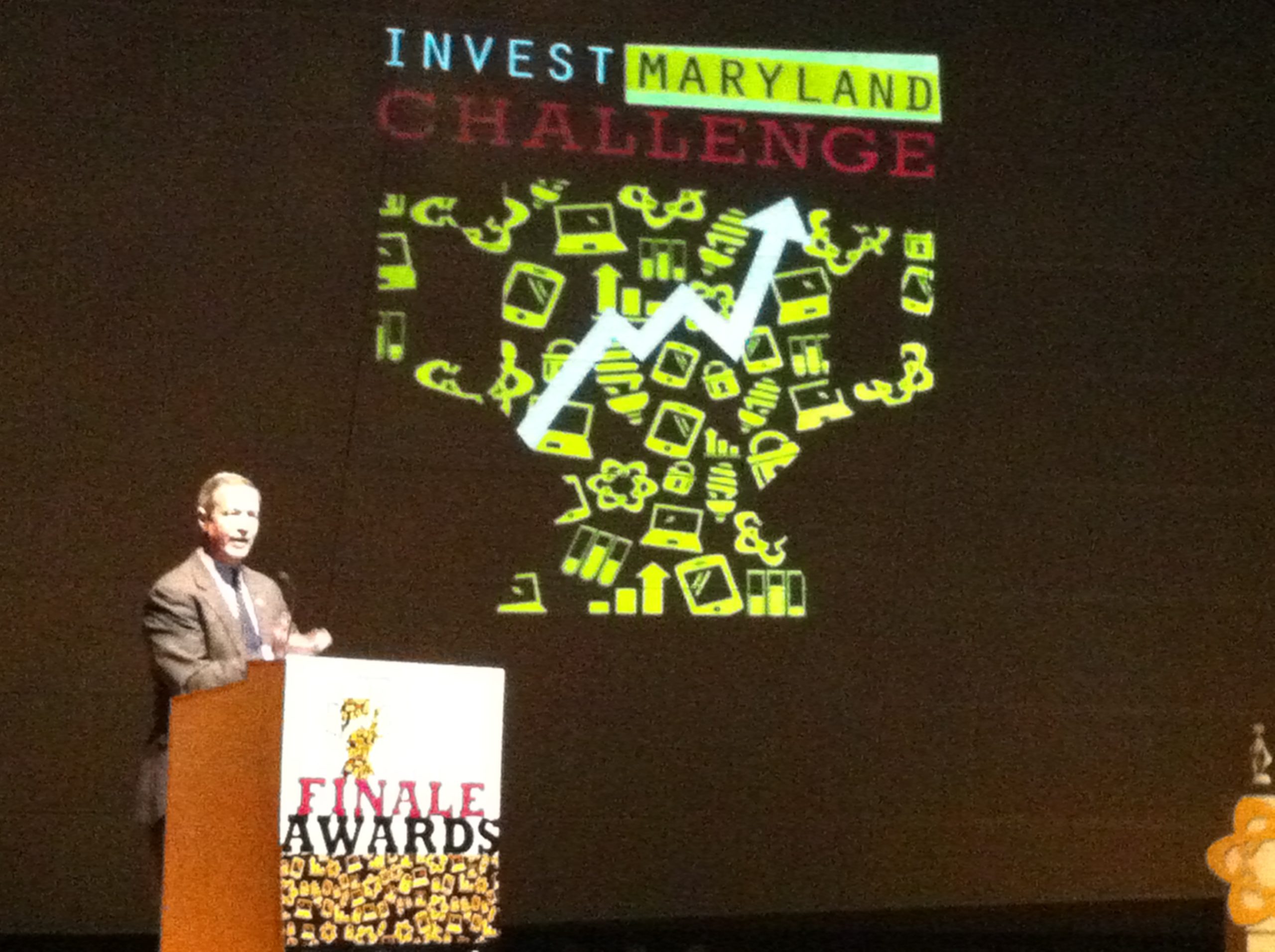This series of articles is underwritten by FringeArts. Reported stories were not reviewed by FringeArts prior to publication. Learn more about our advertising options here.
“Fringe art” can be hard to define. There’s a sense that this kind of work is taboo and experimental and also of a fundamental difference from classical, traditional art forms. But really, that’s not always the case.
One aspect of fringe art and performance that sets it apart from its classical counterparts is the role of the audience. In traditional performance, the audience is passive. The performers give and the audiences receive, injecting nothing of themselves into the performance. On the other hand, the perceptions, experiences and reactions of the audience are crucial to fringe performance. Fringe audiences are expected to actively engage with a performance, forming personal interpretations and relationships to the art based on their own feelings and life experiences.
In order to fully appreciate a fringe performance, an audience member must put in some effort, consciously or unconsciously. Essentially, while the performer is the active agent of traditional art, the audience is the active agent — and at the center — of fringe art.
Many of the curated shows in this year’s Fringe Festival highlight the audience’s active and central role.
- Stifters Dinge, for example, is a “no-man show.” It’s a play with no actors, a composition for five pianos with no pianists. The show’s creator, world-renowned composer and director Heiner Goebbels, says that “in fact it is not even correct to describe Stifters Dinge as a piece without anybody, because the audience is at the center of this piece — they make sense of what they see and what they hear, in a liberated and individualized way.”
- Another curated show, In Plain Air, consists of a multitude of instruments, including Christ Church’s new C.B. Fisk organ — an organ for the people, according to composer Phyllis Chen. Earlier this summer, Chen hosted an event about the intersection of science and music at South Street’s Magic Gardens where she taught attendees to create music box strips. Each person was invited to make a one-foot-long strip as part of a 400-foot music box strip mosaic, which will be played during the performance of In Plain Air.
- ear-whispered: works by Tania El Khoury, invites audience members to react, relate and give their opinions. The works come alive through the audience’s interaction with them, from experiencing an artist marking an audience member’s arm with a refugee’s journey to laying in bunk beds similar to those found at refugee camps and listening to the stories of asylum seekers.
Tech’s role
The audience’s central and active role in fringe performance lends itself very naturally to the incorporation of technology into these works. Technology makes information and experiences accessible to a wide range of people. Technology also gives people the opportunity to create and interact rather than just passively consume a performance.
In fact, a number of independently-produced shows in the Festival this year are utilizing the potential of technology to situate audience members at the center of the performance.
- R&J, which runs for any five consecutive days throughout the Festival (and which was covered by Technical.ly), is a two-player online game. Each of the five days corresponds to one day of action within Shakespeare’s Romeo and Juliet, and participants receive daily instructions and interact with their game partners via text message. Incorporating text messaging into the structure of this piece truly puts the audience at the center and fosters individual and personal relationships between the audience and the art.
- Another interactive independent show is SPIES!, “a tech-immersive comedy.” Audience members have the option to attend the show as active participants, determining the direction of the show via chatbot. SPIES! uses technology to directly engage audience members in the performance. The performance could not exist without the interactions of the audience.
Technology is the natural partner for fringe performance, enabling audiences to interact directly with, and influence, the shows they attend. When audiences use technology to inject some of themselves into a performance, they come away with much stronger and individualized responses.
We are so excited to see how technology enhances audience participation in this year’s Fringe Festival! If you want to learn more about the Festival, or if you are interested in our specific Digital Fringe offerings, click here.
Join the conversation!
Find news, events, jobs and people who share your interests on Technical.ly's open community Slack

Philly daily roundup: Jason Bannon leaves Ben Franklin; $26M for narcolepsy treatment; Philly Tech Calendar turns one

Philly daily roundup: Closed hospital into tech hub; Pew State of the City; PHL Open for Business

A biotech hub is rising at Philadelphia’s shuttered Hahnemann Hospital campus


